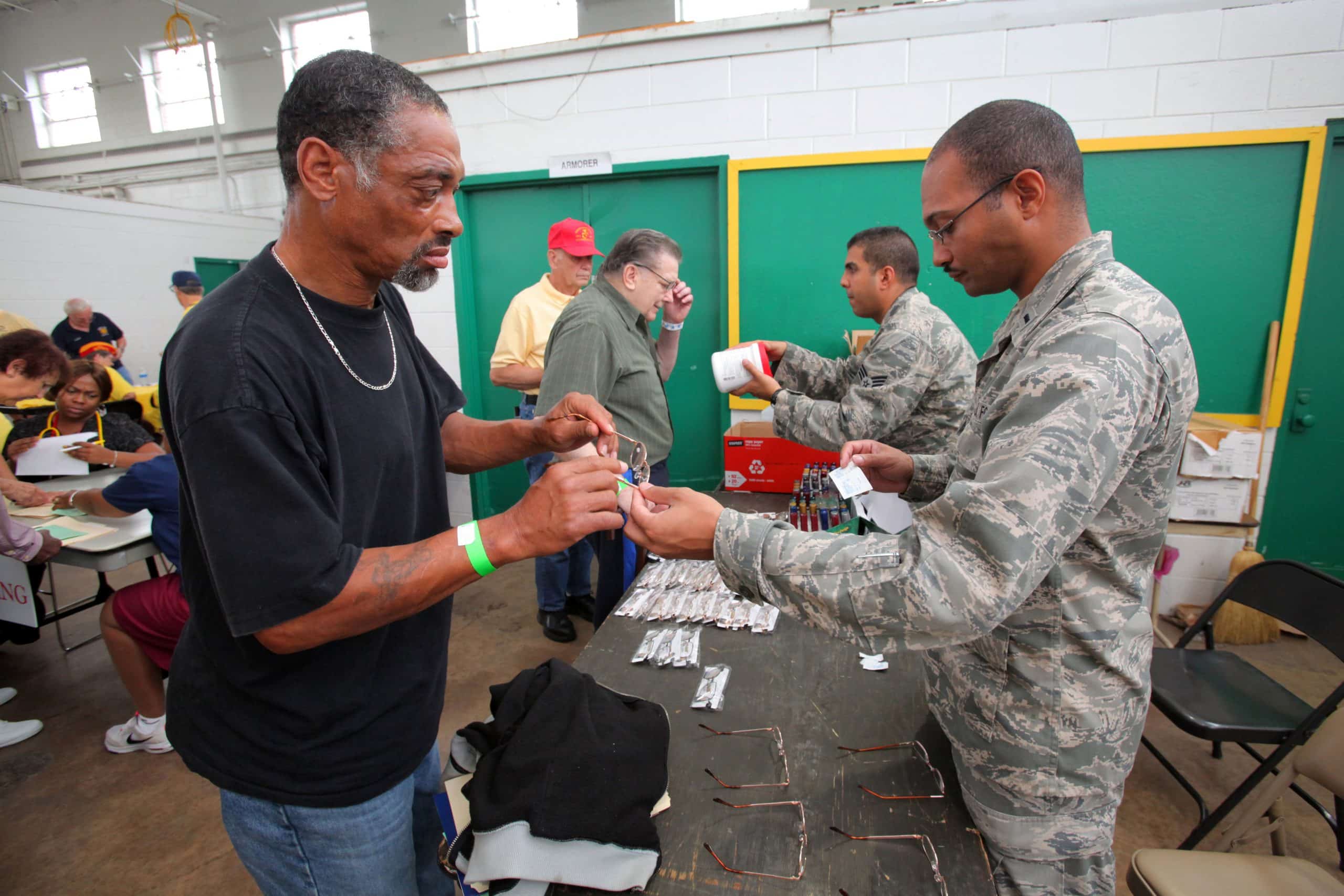“You live without a roof over your head and you’re out in the elements—and even though you’re in a car, you’re still in the elements.”
Bill Marinelli’s story begins in Foxborough, Massachusetts, where he was renting a one-bedroom bungalow after serving in the U.S. military and working as a musician. Soon, a real estate developer purchased his property with the intention to redevelop and Bill could not find another affordable place to call home. With nowhere to turn, he moved into his car and spent two and half years, through some bitter New England winters, searching for an affordable, safe, and warm place to call home.
Over 11 million Americans spend more than half their income on rent, yet affordable housing resources are scarce and under threat. To increase public support for investment in affordable housing, we need to change the way we advocate. We must build a broader coalition beyond traditional housing stakeholders by amplifying new voices and creating channels to build awareness of affordable housing needs.
This is where storytelling comes in.
In 2017, the National Housing Trust (NHT) and Enterprise Community Partners launched “Where Will We Live?”, an outreach and advocacy campaign meant to lift the voices of affordable housing residents and community members in support of housing resources. The campaign uses storytelling to draw the connection between access to affordable housing and health, education, and economic opportunity. Bill Marinelli is just one of nearly 200 residents and community members who shared their personal experiences related to affordable housing.
Our nation’s housing policies are complicated and are part of the legacy of structural racism and the larger economic and political landscape of the United States. In this context, a person’s understanding of the need for affordable housing may be influenced by numerous subconscious biases, such as their views on the appropriate role of government or the definition of community. The stories in the Where Will We Live? gallery paint a vivid picture that help to deconstruct and explain a complicated issue, demonstrating that a well-documented story can change perspectives and inspire action through empathy and shared experiences.
Sharing resident stories with elected officials and community members can highlight how access to affordable housing directly impacts the lives of low-income families and their surrounding community. These are not just numbers, facts, or figures. The stories present real people: nurses, students, immigrants, refugees, and single parents. By sharing their stories, each individual can educate and advocate for additional resources to help break the poverty cycle in their communities and ensure that everyone has access to an affordable, quality home. The National Housing Trust and Enterprise hope that fellow advocates and educators use and share the Where Will We Live stories for their own education advocacy efforts.
NHT has created a storytelling toolkit as a guide for advocates. By helping our partners understand how to create and frame a message and target the right audience, we hope to inspire fellow housing champions who want to replicate our efforts and successfully employ visual and audio storytelling strategies within their advocacy tactics. The stories have been shared with federal and local elected officials, other housing organizations and at leadership workshops and local community events. Now in its second year, the campaign continues to round out the conversation by interviewing community leaders on the impact that affordable housing has on an entire community in addition to the residents who benefit directly from its access.
Bill’s story has a happy ending. Close friends brought him to a homeless shelter in York County, Maine. Through the Volunteers of America, a mission-driven nonprofit developer of affordable housing, Bill was able to move into the Paul Hazelton House in Saco, Maine. After almost five years since losing his house, Bill was most excited to finally bring his upright piano out of storage and start playing again, as he most recently did for the 100th birthday party of a fellow resident.
To see Bill’s entire story, and other stories, check out the Where Will We Live story gallery.
The Where Will We Live story gallery is a resource available to all Shelterforce readers. We invite you to use these stories for your advocacy or communication purposes, to help make the case for housing. Now more than ever, we need to call for greater resources to help those most in need.






This is happening everywhere even in Connecticut where it’s supposed to be one of the richest states yet people are homeless, women with children have been on a housing list for years. And yet developers continue building for those who have and the have nots remain either on the streets or drawing another lottery ticket for so-called housing waiting list.This is definitely a crisis and is in need of the upmost attention everywhere. Activist for affordable housing from everywhere have to build and fight in solidarity.